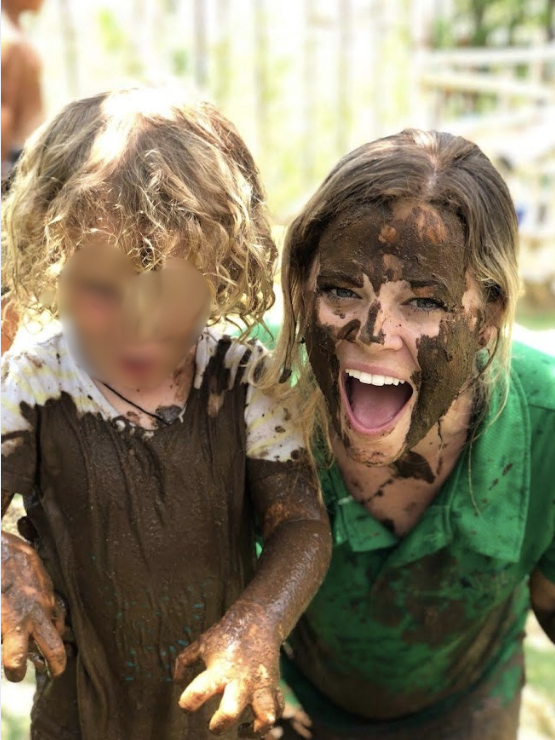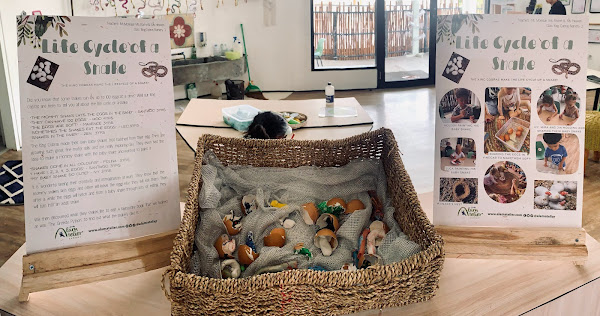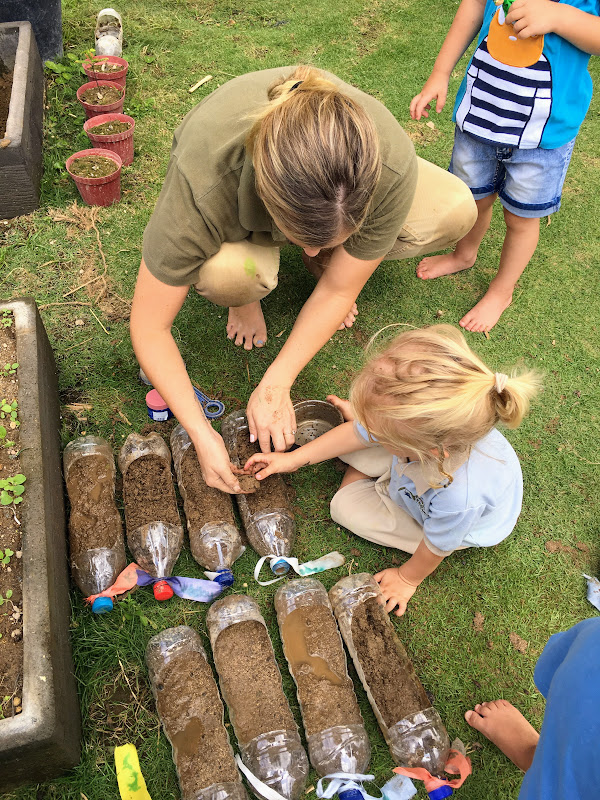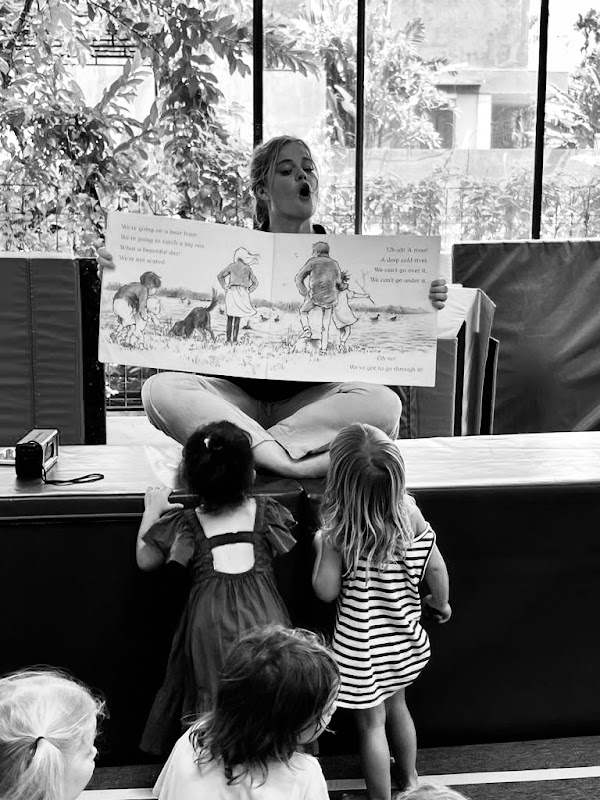



Personal Teaching Philosophy
I believe every child deserves to be seen, heard, and valued. I learn from the young learners every day—they challenge me, inspire me, and help me grow. I see children as capable and full of potential, and I want to be able to support their growth by observing their interests, building on their learning, and using pedagogical documentation.
In my experience, I help to create enriching environments by listening to children's interests, documenting their thoughts, and building on their curiosity. I encourage self-expression through different learning styles. For example, when a group of children became curious about snakes, we started a project that encouraged research, and I set up provocations to explore their questions.
I believe that working in a supportive, respectful team and having a well-planned, inclusive curriculum that supports all areas of development are important qualities of being an effective early childhood professional. I believe that the environment is a third teacher that should spark curiosity, encourage creativity, and inspire exploration, helping children reach their full potential by scaffolding their learning.
I have seen the value of being a reflective educator and collaborating with others to build on children's interests while creating inclusive provocations that spark exploration and creativity. When a co-worker and I read Charlie and the Chocolate Factory with the class, the children became fascinated with sweets and chocolate. We extended this interest by helping them design their own treats, create a chocolate store, visited a cacao farm, and even put on a play for their parents.
I support diverse learning styles by creating a flexible environment where every child can learn in a way that suits them. I provide various ways to engage, such as open-ended materials, visual supports, storytelling, and movement, while intentionally fostering inclusivity.
During my placement, a child commented, "Boys don't have long hair." This sparked a conversation about individuality, where we discussed how personal choices don't define who we are and why differences should be embraced. Encouraging these discussions helped the children further develop a sense of belonging amongst one another.
I address conflicts between children by fostering open communication, actively listening, and guiding them to express their feelings positively. In the toddler classroom, I see children struggle to communicate their needs. I observe the situation and validate their emotions. I then guide them toward solutions like asking for a turn or waiting patiently, reinforcing kindness and turn-taking. I acknowledge their effort by saying, "You're doing a great job waiting." "That's being a kind friend."—children feel heard and learn practical ways to express themselves.
I value adaptability and flexibility in the early learning profession. I adjust to children's needs and interests while staying calm when things don't go as planned. Like the ocean's shifting waves, I move with the flow rather than fight against the tide. This helps me regulate my emotions, stay patient, and model a positive mindset for children. By showing flexibility, I help them navigate challenges, manage their emotions, and adapt to change with confidence.